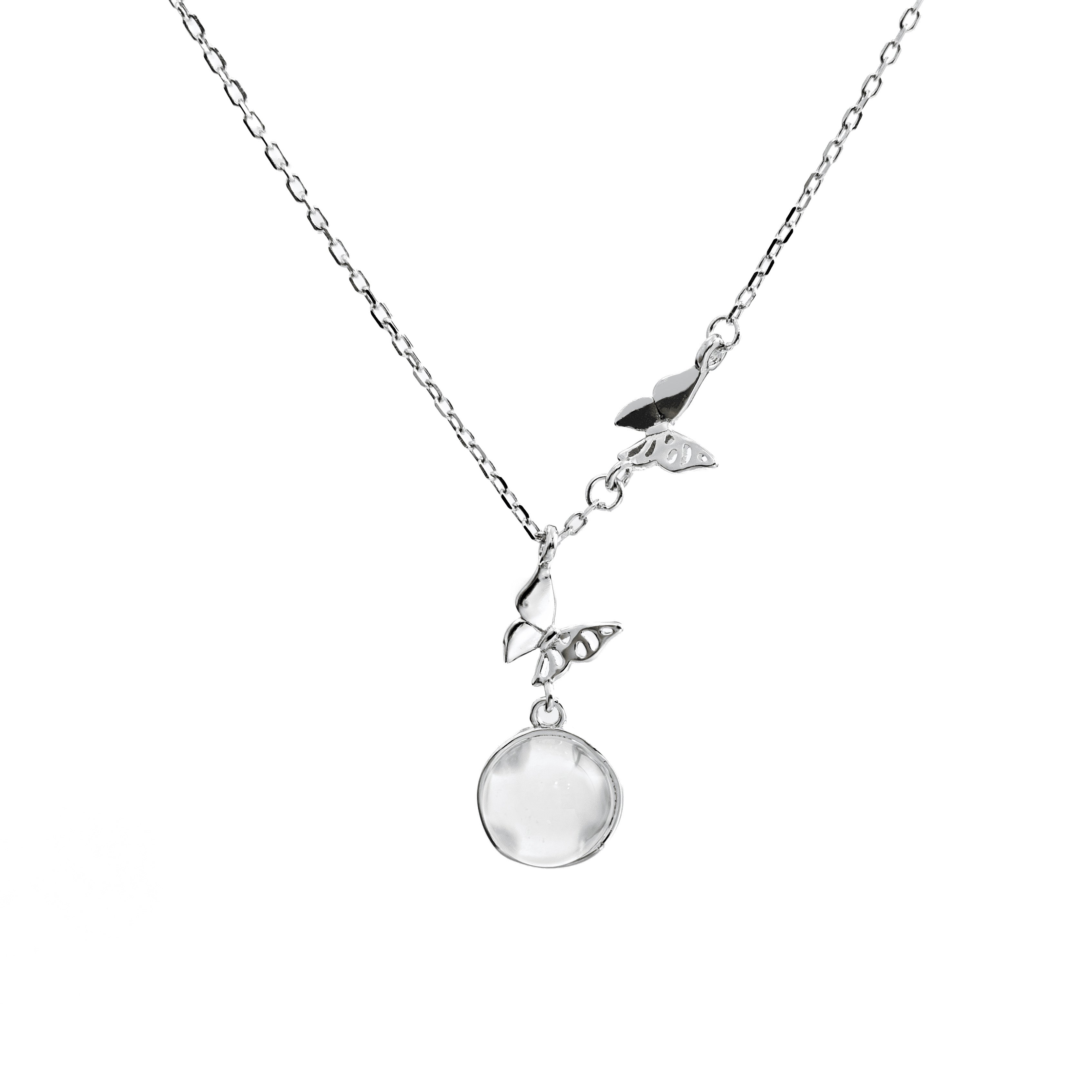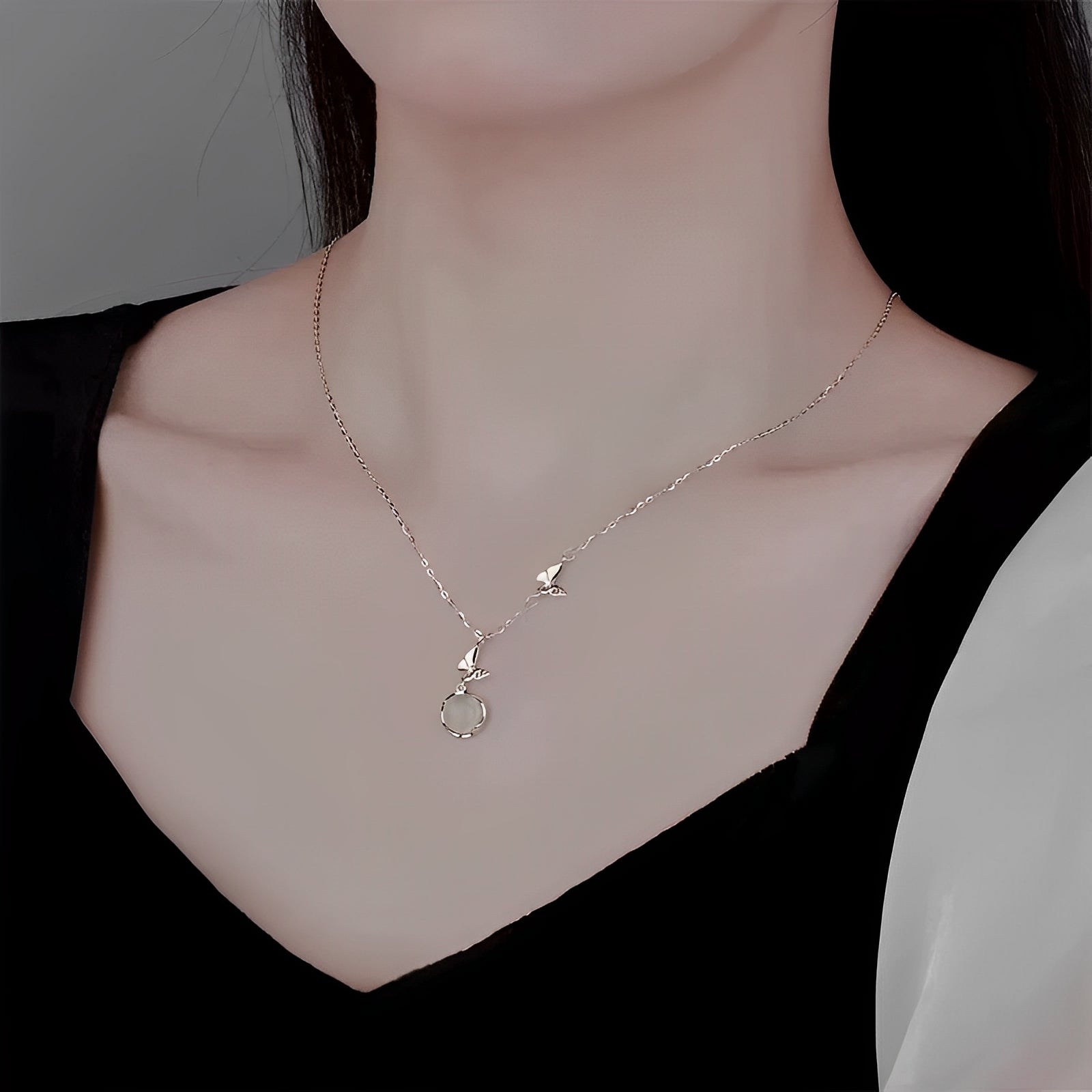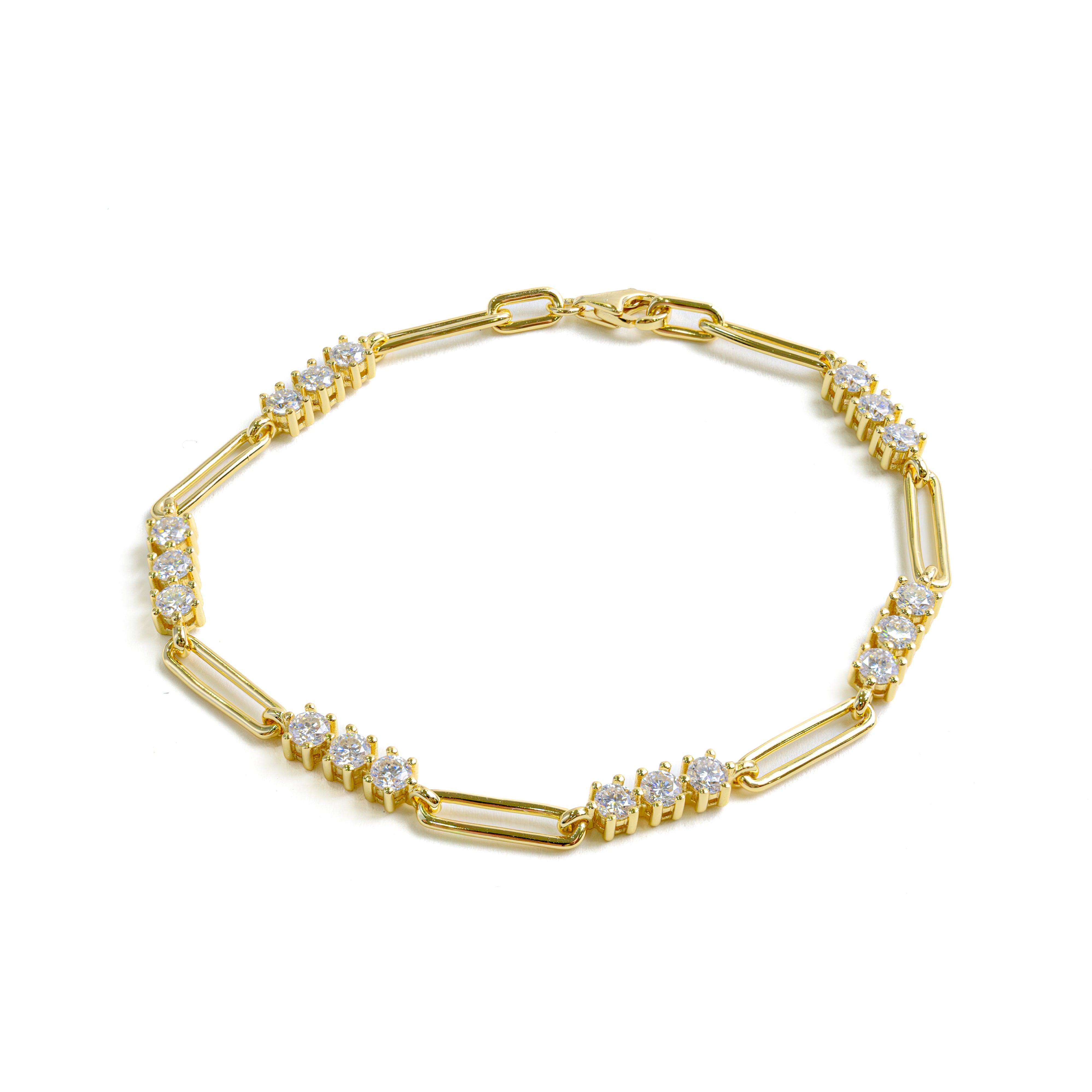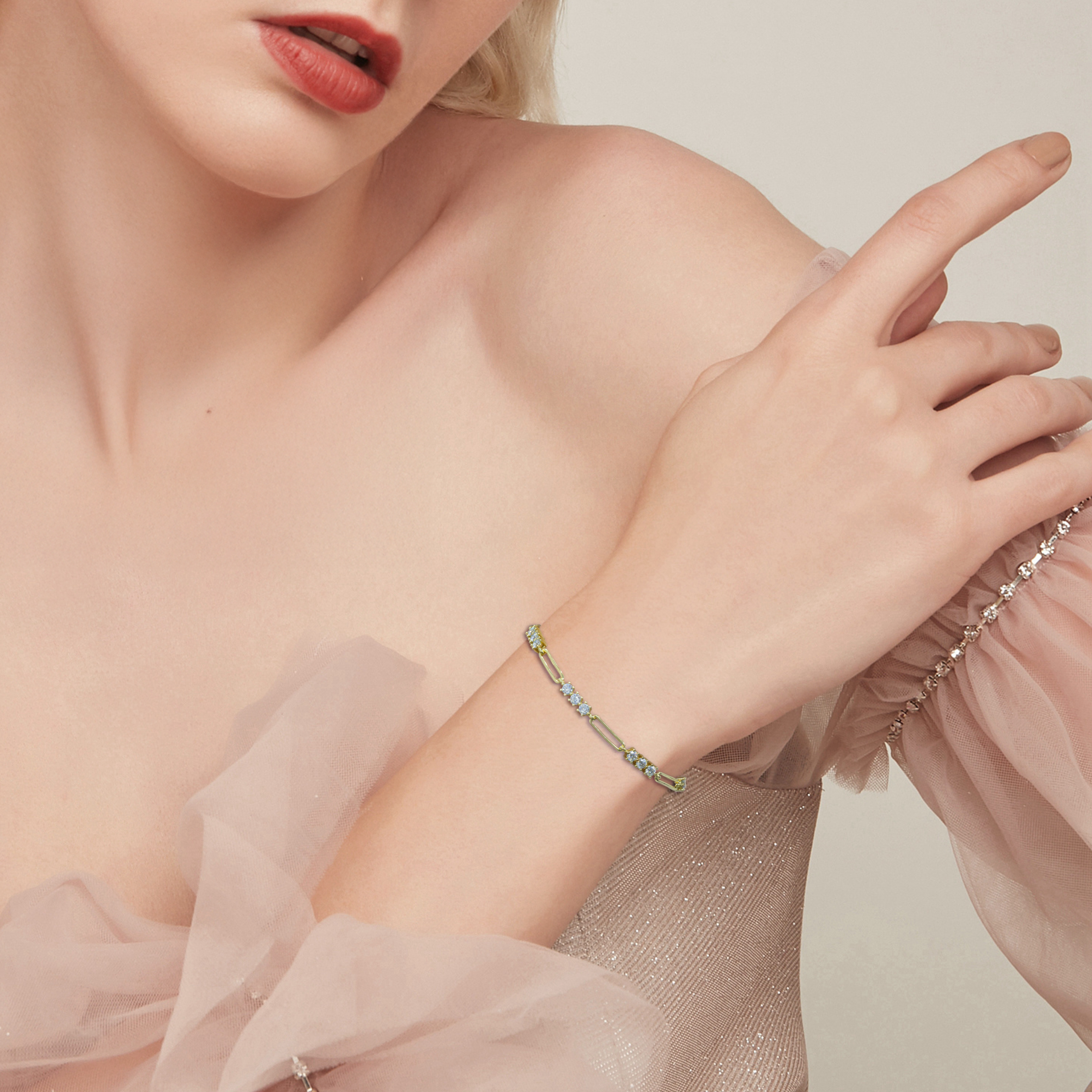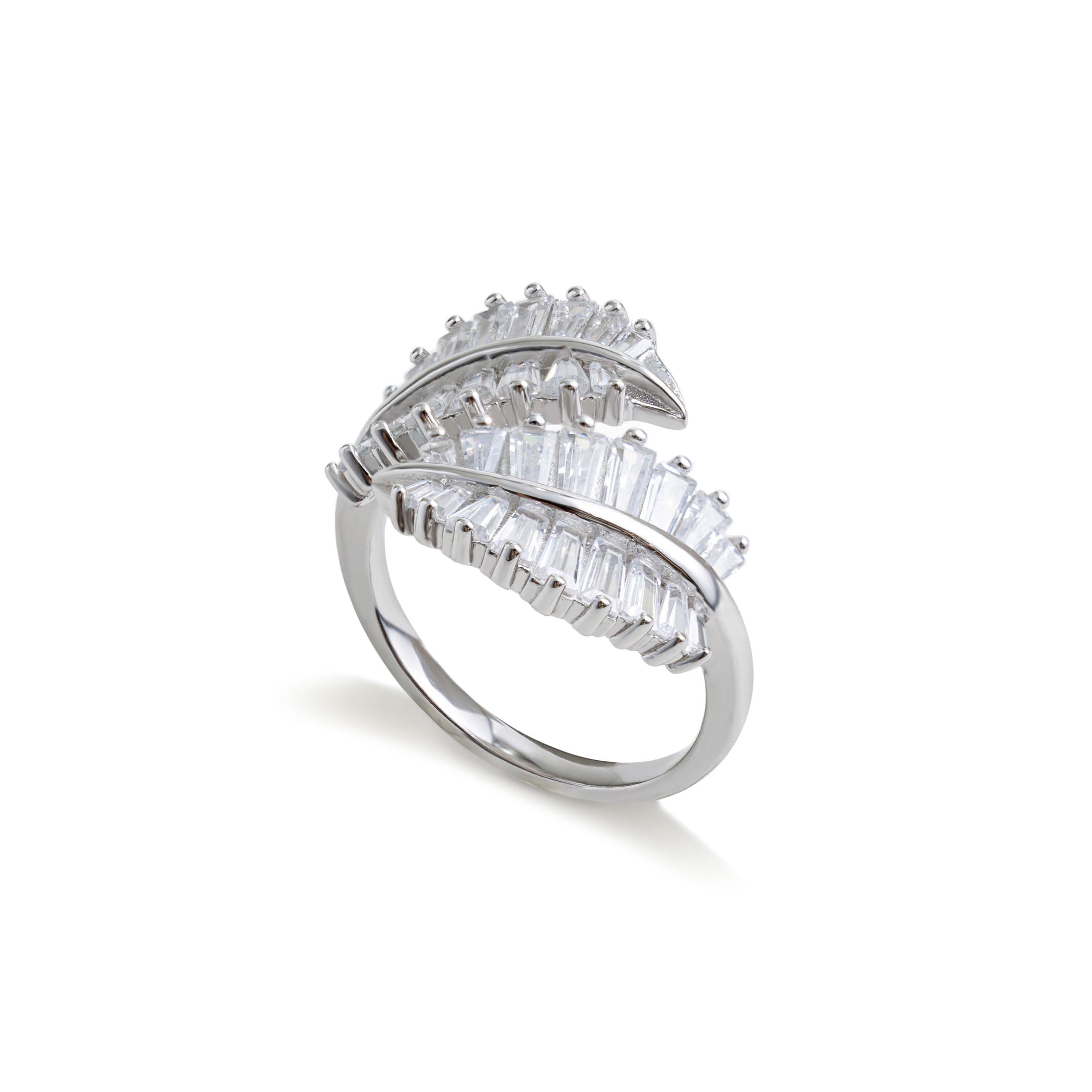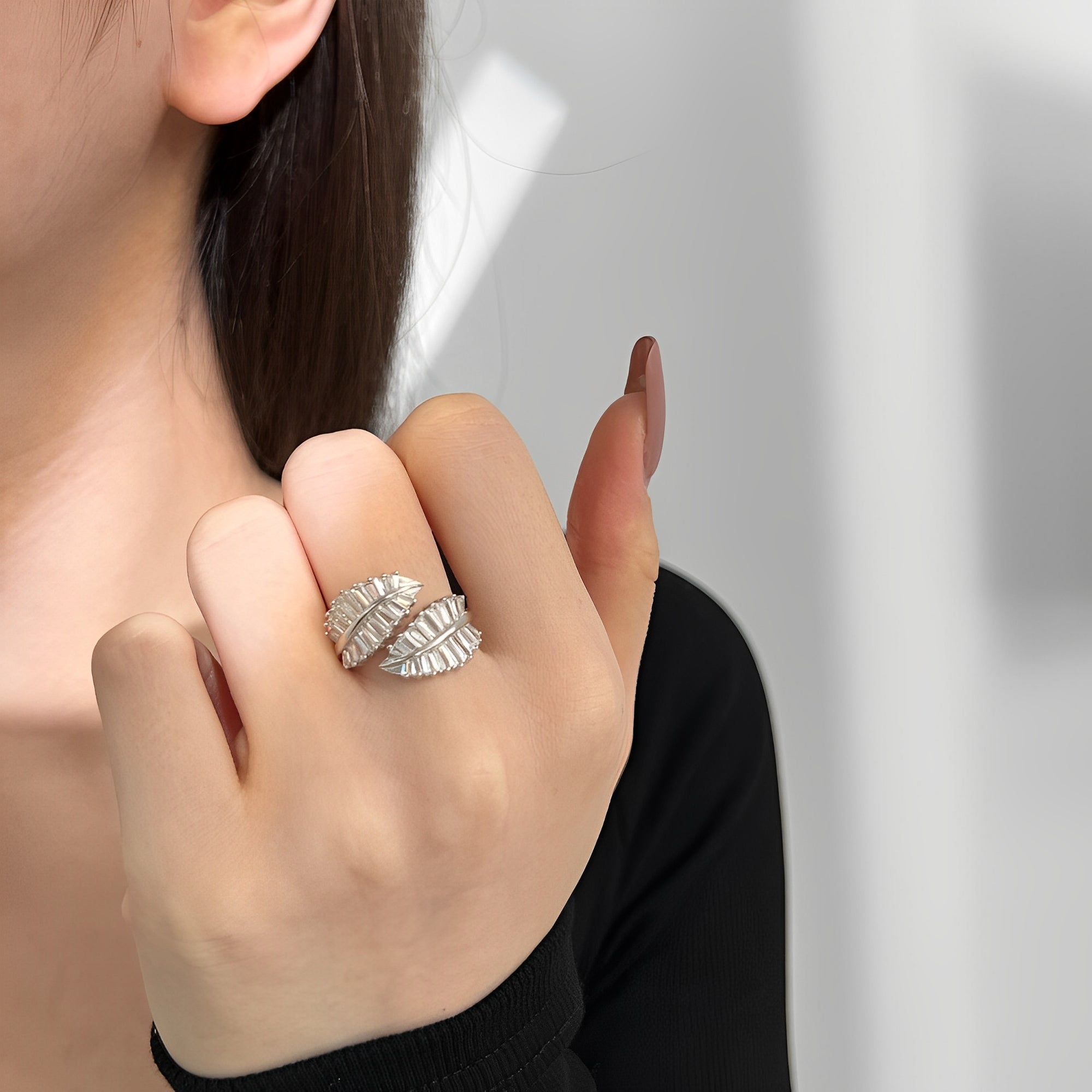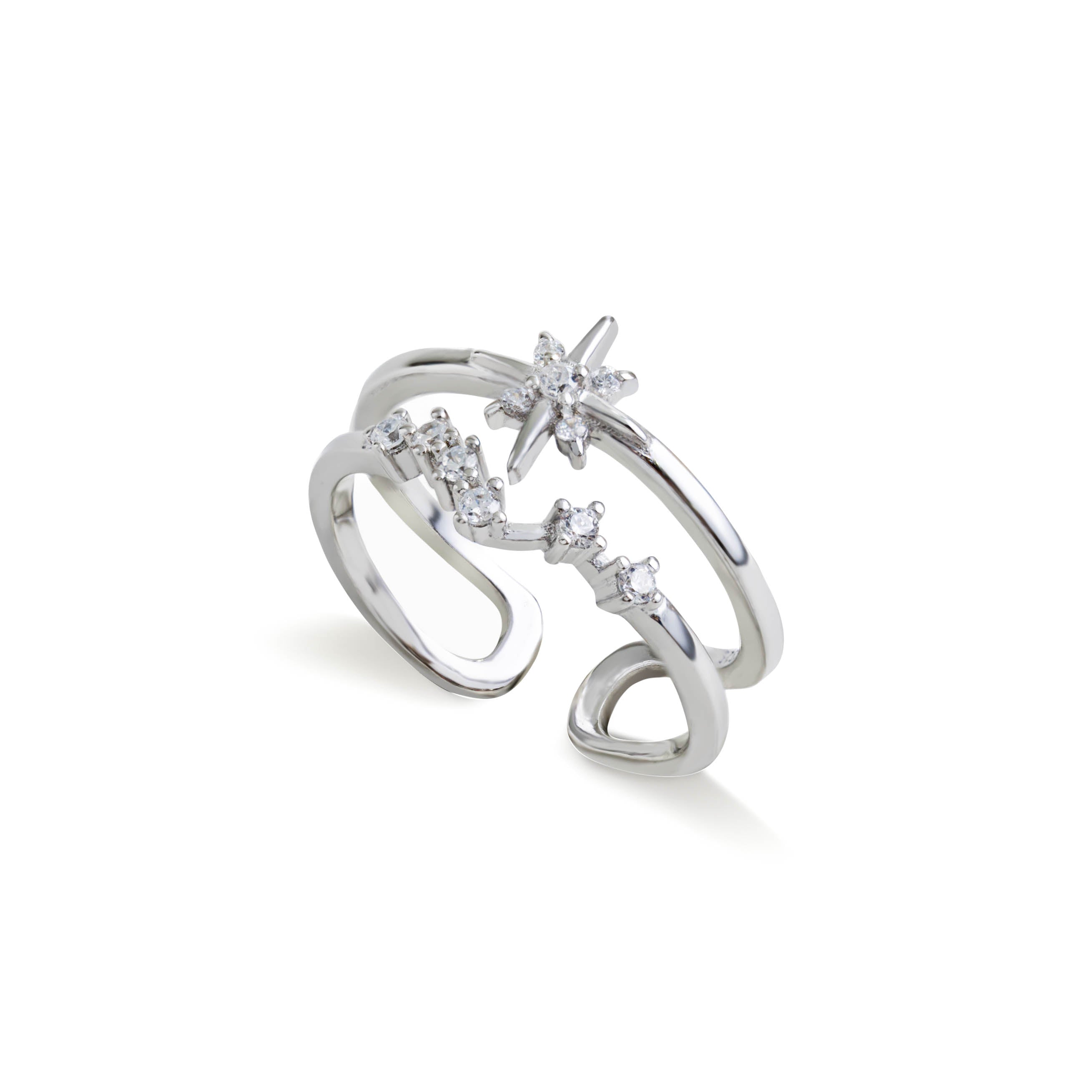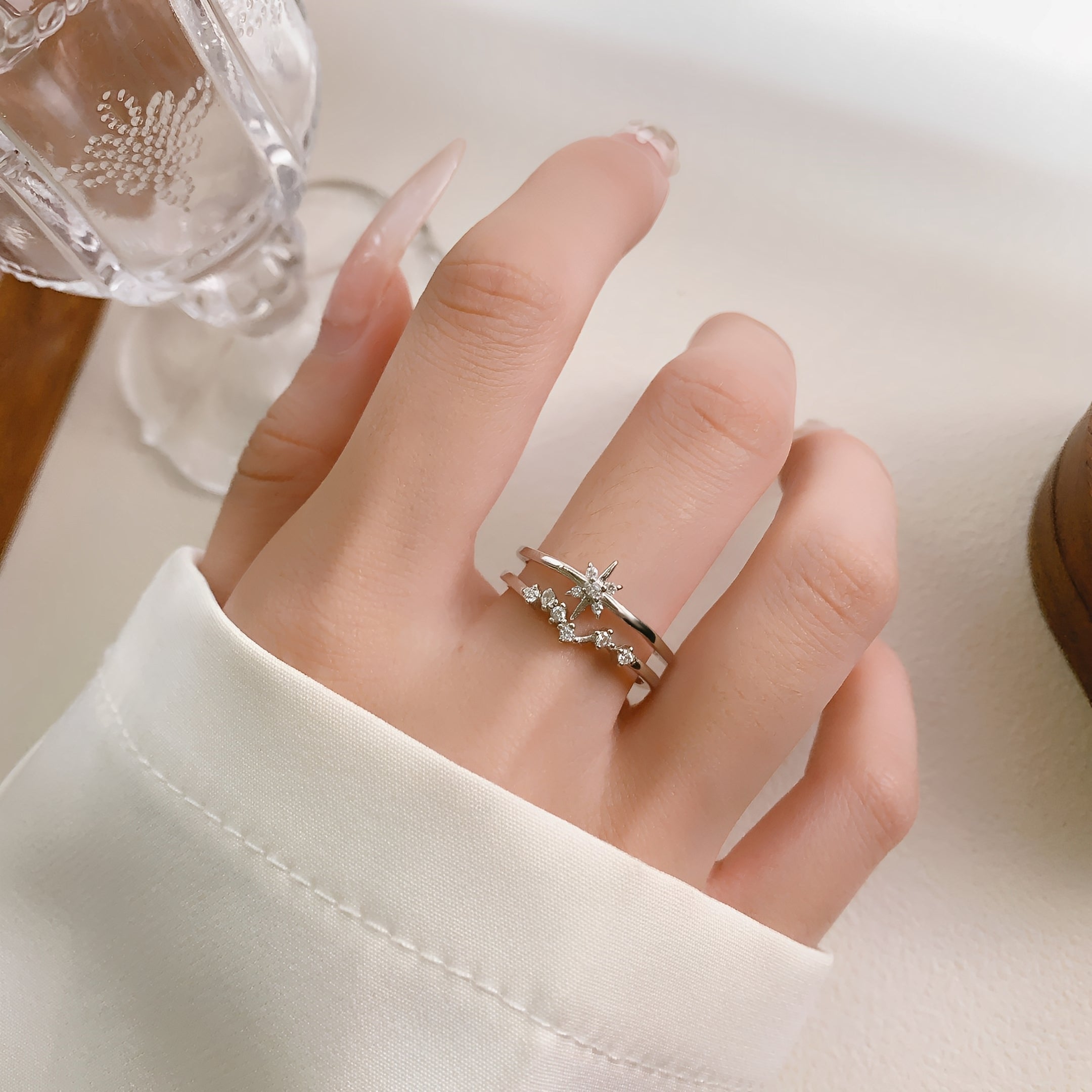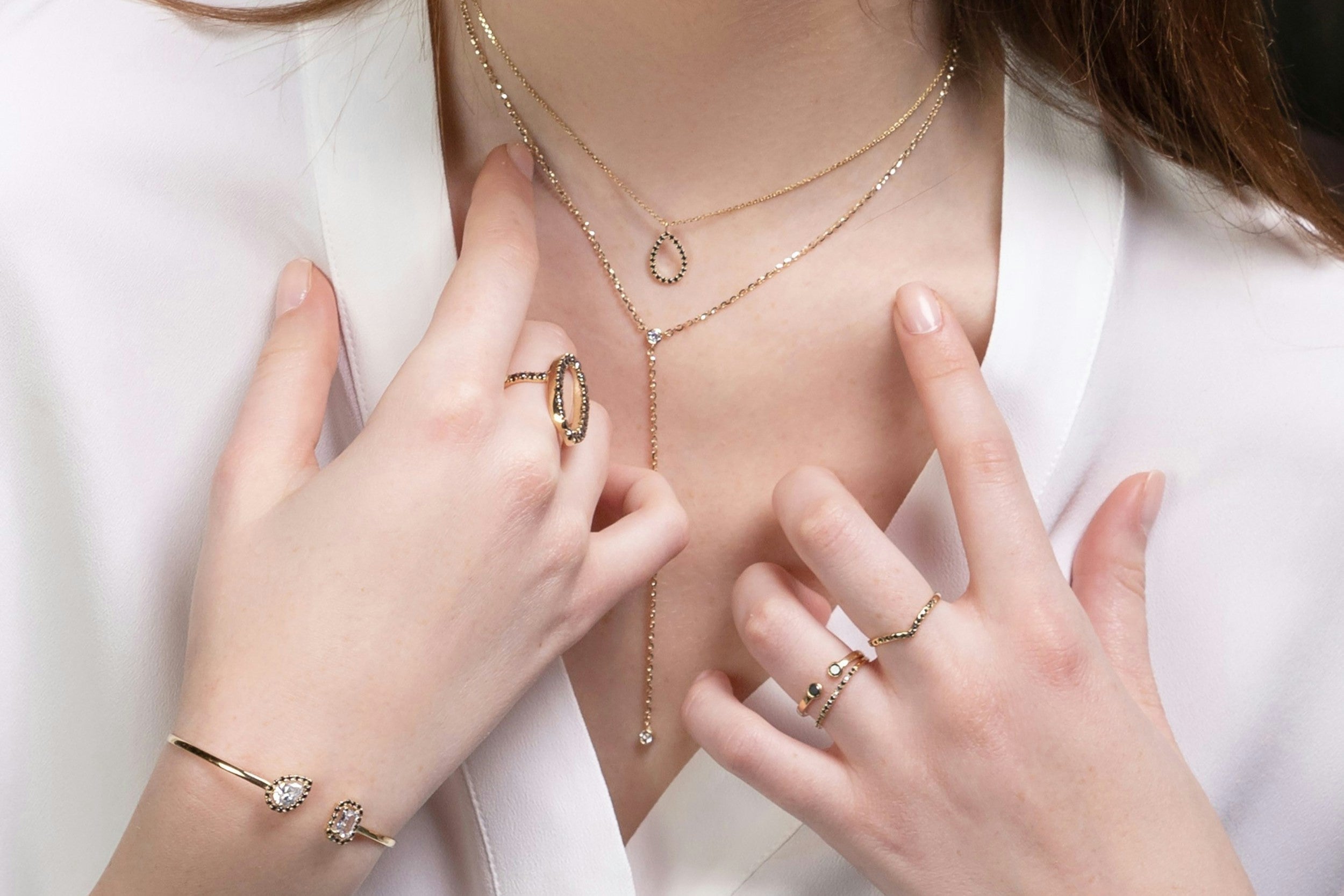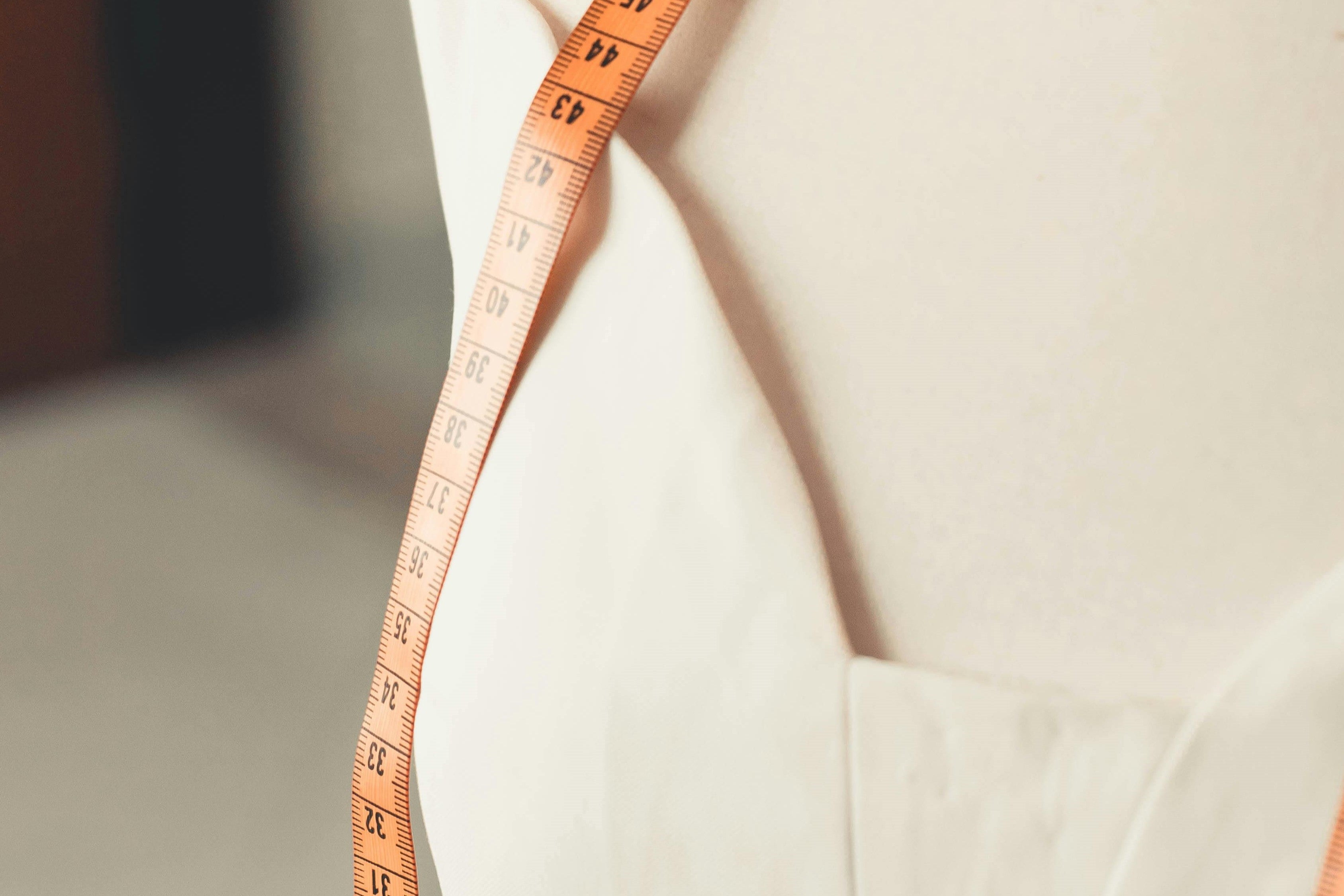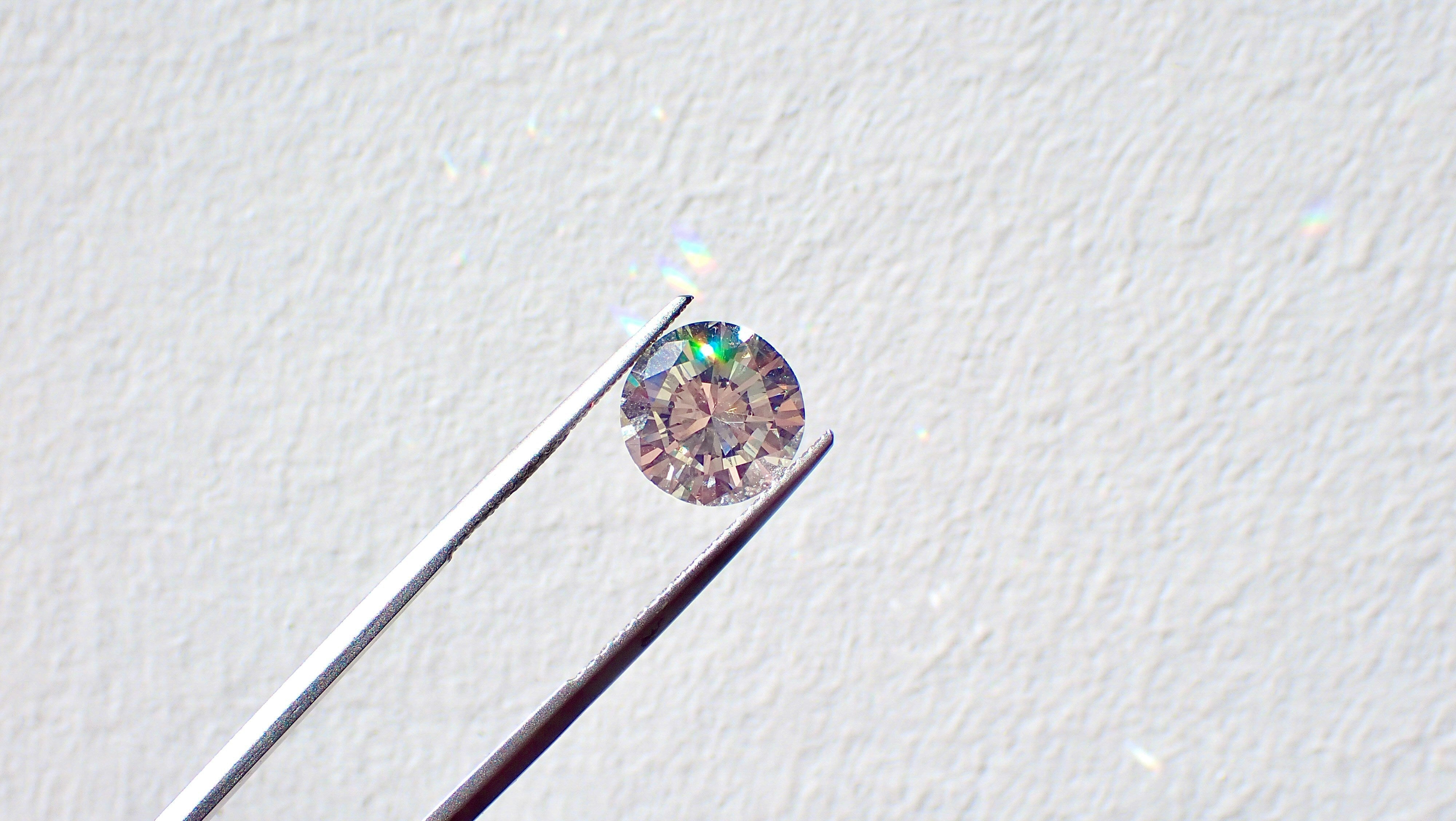S925 vs. S999 Silver: What’s the Difference and Which Should You Choose?
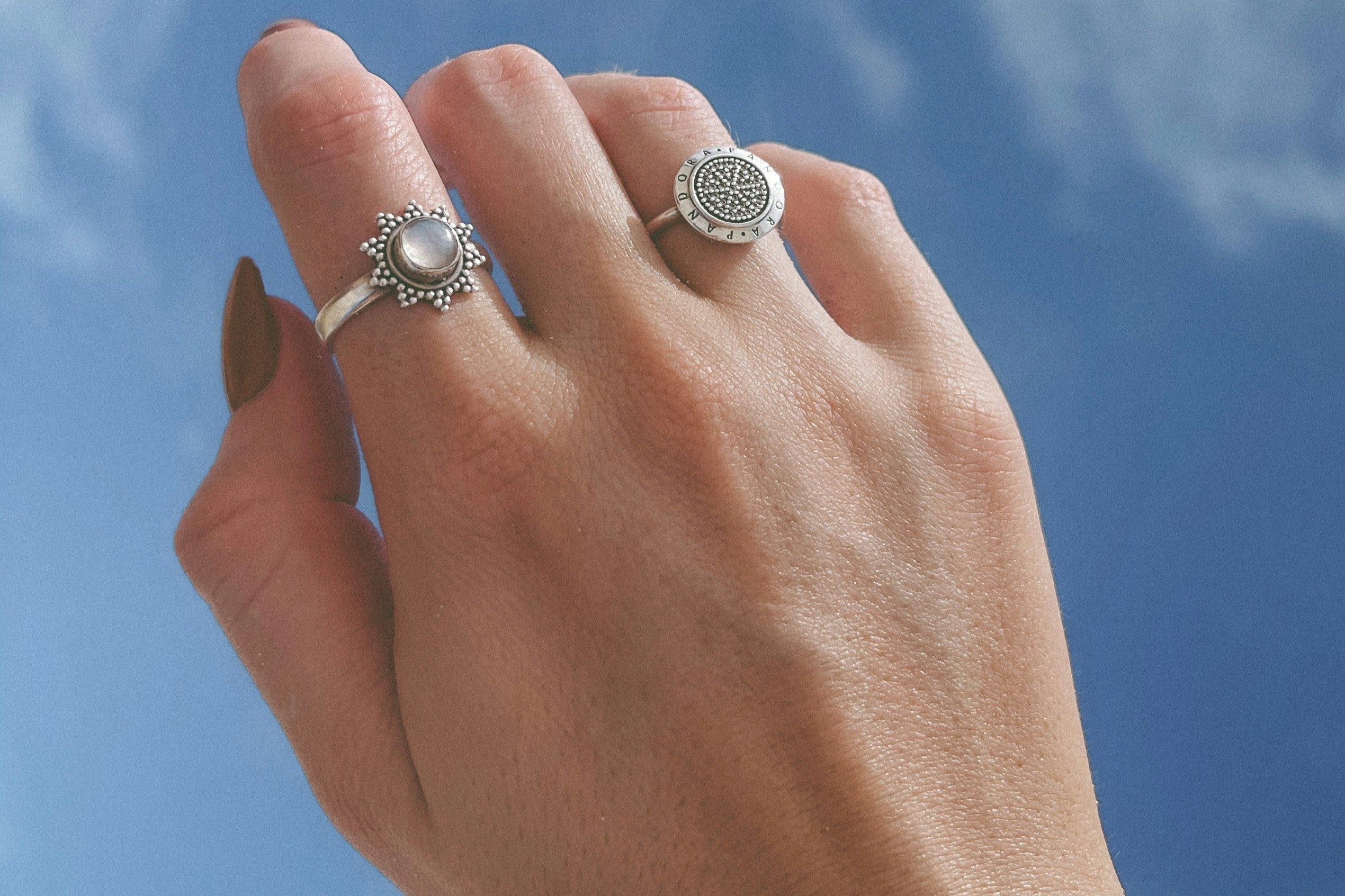
Silver has always held a special place in jewelry. Its soft glow, timeless beauty, and versatility make it a favorite for designers and wearers alike. But if you’ve shopped for silver jewelry, you’ve probably noticed two common marks: S925 and S999.
At first glance, they might just look like numbers — but they actually tell you a lot about the piece you’re holding. Let’s dive in and explore what makes them different, and how to know which one is right for you.
✨ What is S925 Sterling Silver?
S925, or sterling silver, is an alloy made of 92.5% real silver and 7.5% other metals, usually copper.
Why mix metals? Pure silver on its own is very soft and bends easily. By adding a small percentage of stronger metals, jewelers create a material that holds its shape, resists damage, and can be worn every day.
🔶Key traits of S925:
-
✔ Durable & practical: Strong enough for rings, bracelets, and pieces you wear daily.
-
✔ Versatile: Works beautifully for delicate designs or detailed craftsmanship.
-
✔ Tarnish may occur: Exposure to air and moisture can cause it to darken, but it’s easy to polish back to shine.
-
✔ Affordable luxury: Real silver, but at a more accessible price than pure silver or gold.
No wonder S925 is the global standard for silver jewelry — it strikes the perfect balance between beauty and durability.

Source: Pinterest
🌙 What is S999 Pure Silver?
S999 means the jewelry is made of 99.9% silver, the closest you can get to pure silver. That’s why it’s often called “fine silver” or “pure silver.”
Because it’s almost entirely silver, S999 has a naturally brighter, whiter shine compared to sterling. It’s also hypoallergenic, making it a great choice for people with sensitive skin.
🔶Key traits of S999:
-
✔ Purest form of silver: Elegant, bright, and luxurious.
-
✔ Hypoallergenic: Safe for even the most sensitive skin.
-
✔ Soft & delicate: More likely to bend or scratch if worn roughly.
-
✔ Artisanal & collectible: Often used for handcrafted or statement pieces.
S999 silver feels more like a treasure — it embodies purity, but it does require extra care when wearing and storing.

💎 Which One Should You Choose?
There’s no “better” or “worse” — it all depends on your lifestyle and what you want from your jewelry.
-
Choose S925 Sterling Silver if… you want something strong, versatile, and reliable for everyday wear. It’s beautiful, practical, and can last for years with a little care.
-
Choose S999 Pure Silver if… you’re drawn to the idea of owning silver in its purest form. It’s perfect for special pieces, artisanal designs, or when you want that extra touch of purity and symbolism.
🔍How to Tell If Jewelry Is Sterling Silver?
Not sure if your jewelry is really sterling silver? Here are a few easy ways to check:
-
Look for Hallmarks (the Stamp Test)
-
Genuine sterling silver almost always carries a small stamp, such as “925,” “.925,” “S925”or “Sterling.”
-
You’ll usually find it on the inside of rings, the clasp of necklaces, or the back of earrings.
-
No stamp doesn’t always mean it’s fake, but it should raise a red flag.

Source: Pinterest
-
The Magnet Test
-
Silver is not magnetic. If your jewelry sticks strongly to a magnet, it’s likely not sterling silver.
-
(Tip: some clasps or spring parts may have other metals and show a slight pull — but the main body shouldn’t stick.)
-
The Polish Test
-
Rub the jewelry gently with a soft white cloth.
-
Real sterling silver will leave a blackish mark on the cloth — this is silver oxide, a natural reaction of real silver.
-
If nothing happens, the piece might just be plated.
-
The Sound Test
-
Tap the jewelry lightly with a small metal object.
- Real sterling silver has a soft, high-pitched “ring” rather than a dull sound.
❓ Does Sterling Silver Tarnish Easily?
Yes — sterling silver (S925) does tarnish over time, but that doesn’t mean your jewelry is low quality. Tarnishing is a natural chemical reaction: when silver comes into contact with sulfur, oxygen, or moisture in the air, it forms a thin layer of silver sulfide on the surface. This is what gives jewelry a darker, duller look.
Why does it happen?
-
Humidity: Moisture in the air speeds up tarnish.
-
Skin chemistry: Sweat, lotions, perfumes, and even pH levels in your skin can affect how quickly silver darkens.
-
Storage: Leaving silver exposed to air or stored with other reactive metals accelerates tarnishing.
-
Environment: Living near the sea (salt air) or in cities with pollution can make silver tarnish faster.
The good news:
-
Tarnish is only on the surface. It doesn’t damage the metal itself.
-
With proper cleaning and care, your sterling silver jewelry can always return to its original shine.
🔹How to Care for Sterling Silver Jewelry

🌙 Aurora Luna’s Choice
At Aurora Luna, we work with both S925 and S999 — because we believe each has its own charm.
-
For jewelry you’ll wear every day, we use S925 sterling silver to give you lasting beauty and strength.
-
For designs that celebrate artistry, craftsmanship, and purity, we use S999 fine silver, offering you jewelry that feels truly one-of-a-kind.
No matter which you choose, you can trust that every Aurora Luna piece is crafted with care, safe for your skin, and designed to bring timeless beauty into your everyday life.
✨ Because jewelry should never be just an accessory — it should be part of your story.

